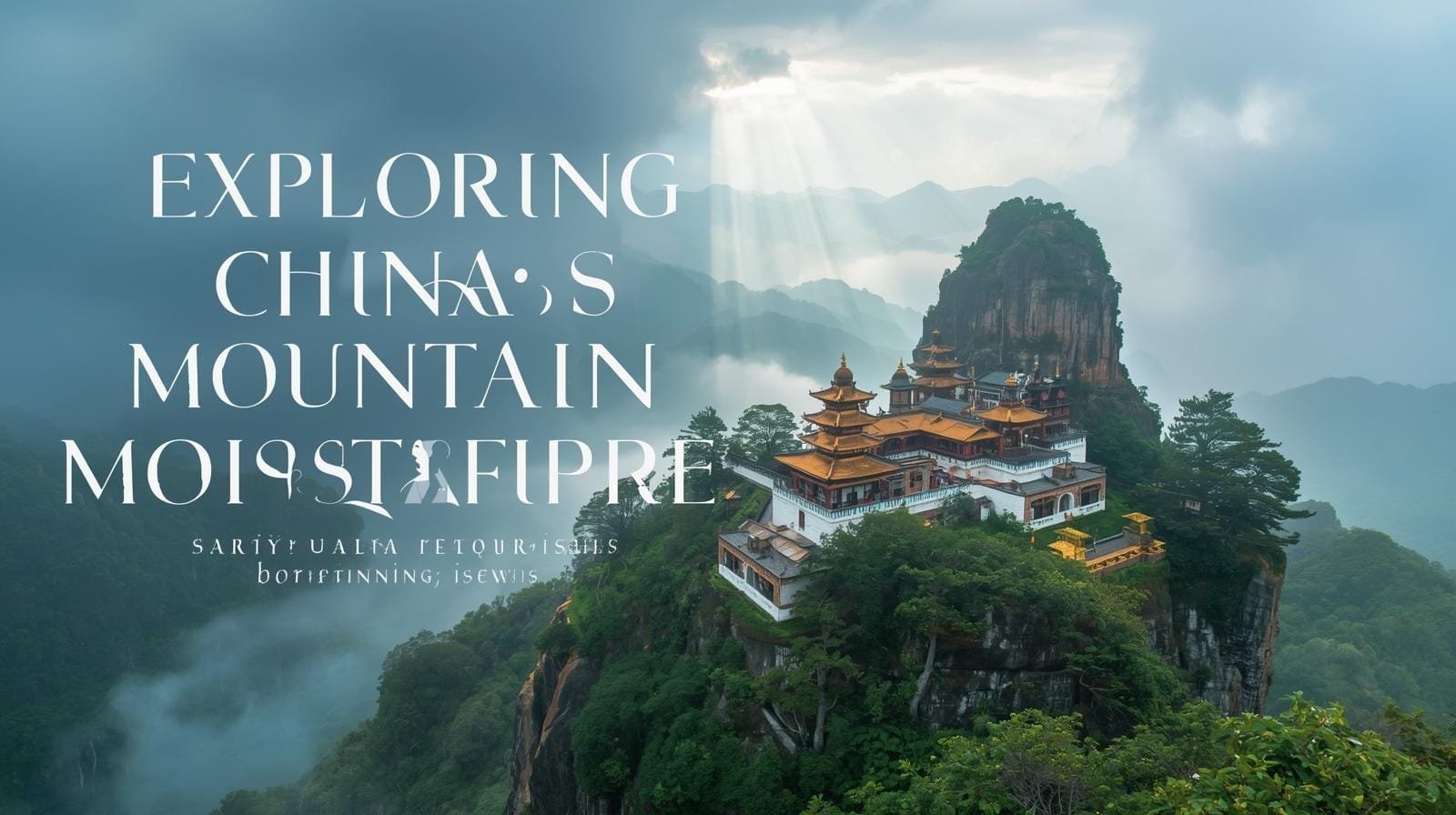Exploring China’s Mountain Monasteries: Spiritual Retreats with Stunning Views
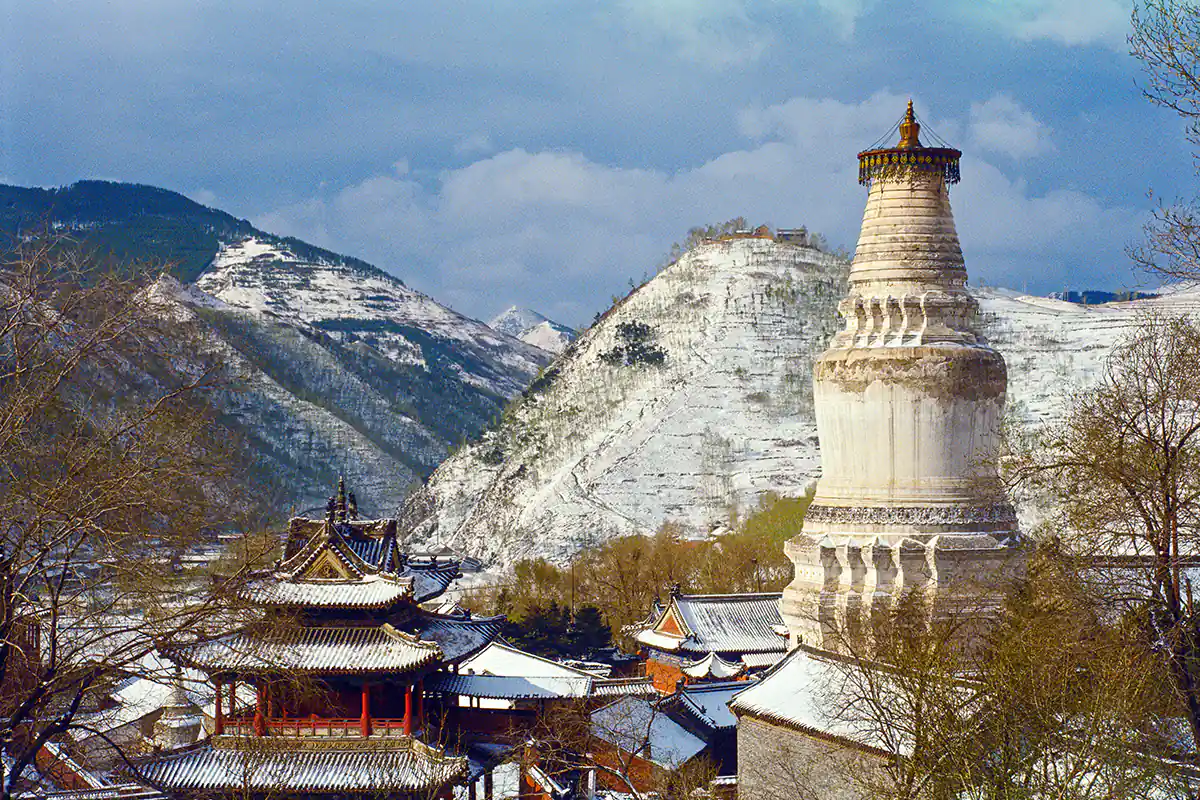
Imagine ascending mist-shrouded peaks where ancient temples cling to rugged cliffs, offering not just breathtaking vistas but also profound spiritual solace. China’s mountain monasteries are the epitome of spiritual China travel, blending natural beauty with centuries-old traditions. These sacred sites, from Buddhist havens to Taoist retreats, provide the perfect escape for travelers seeking peace, cultural immersion, and awe-inspiring scenery. Whether you’re a seasoned adventurer or a curious explorer, visiting these China mountain monasteries promises an unforgettable journey into the heart of Chinese spirituality.
At jusha.travel, we’re passionate about uncovering the hidden gems of China that inspire deeper connections with its landscapes and heritage. In this guide, we’ll explore some of the most iconic scenic China monasteries, sharing tips on monastery retreats in China and highlighting key China Buddhist sites. From meditation amid the clouds to hiking ancient pilgrim paths, these destinations offer a serene contrast to China’s bustling cities.
Mount Wutai: The Abode of Wisdom in Shanxi Province
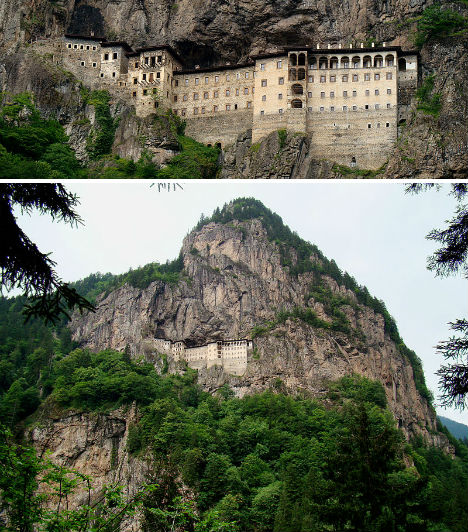
Nestled in the cool heights of Shanxi Province, Mount Wutai stands as one of China’s most revered China Buddhist sites. Recognized as a UNESCO World Heritage Site, this sacred peak is home to over 50 temples, many dating back to the Tang Dynasty. The oldest, Nan Chan Temple, was constructed in 782 AD and exemplifies the architectural harmony between stone and nature. As the earthly abode of Manjushri, the Bodhisattva of Wisdom, Mount Wutai draws pilgrims and visitors alike for its profound spiritual energy.
For those interested in monastery retreats in China, Wutai offers immersive experiences where you can join morning chants, partake in vegetarian meals, and meditate in tranquil halls. The crisp mountain air and fog-draped terraces create an ideal setting for mindfulness practices. Imagine waking to the sound of bells echoing through the valleys—it’s a true spiritual China travel highlight.
Practical tip: Visit in spring or autumn to avoid summer crowds and enjoy the blooming flora. For a deeper dive into budget-friendly adventures that complement your retreat, check out our Ultimate Guide to Budget Travel in China. The five flat-topped peaks, or “terraces,” offer hiking trails with panoramic views, but wear sturdy shoes—the paths can be steep. Interestingly, the site’s blend of Han and Tibetan Buddhist influences reflects China’s rich cultural tapestry, making it a fascinating spot for history buffs.
Mount Emei: A Pilgrimage of Diversity and Serenity in Sichuan
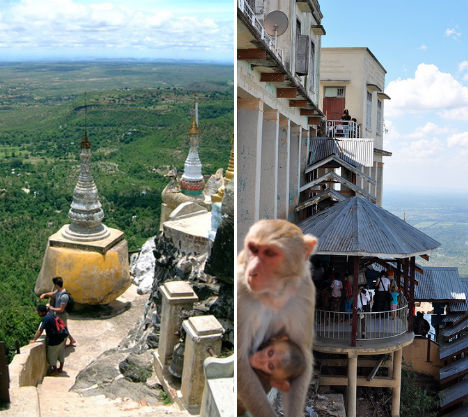
Heading south to Sichuan Province, Mount Emei captivates with its lush biodiversity and spiritual depth. As one of the Four Sacred Buddhist Mountains of China, it’s a UNESCO site renowned for its harmonious mix of Han Chinese and Tibetan Buddhist temples. This diversity makes it a prime destination for China mountain monasteries exploration, where you can witness rituals from different sects under one misty canopy.
The journey to the Golden Summit (Jinding) is a highlight for spiritual China travel enthusiasts—a multi-day hike that doubles as walking meditation. Trails wind through cloud forests, past cascading waterfalls, and ancient pavilions, culminating in sunrise views that symbolize enlightenment. At the summit, the Ten-Faced Buddha statue overlooks the horizon, offering a moment of quiet reflection amid the grandeur.
Monastery retreats in China here often include guided sessions on mindful eating, featuring Emei’s famous vegetarian cuisine with wild herbs. Fun fact: The mountain is home to over 3,000 plant species and rare monkeys—keep an eye out for the Tibetan macaques, who are known to “bless” pilgrims with a cheeky theft of snacks! For active travelers, pair your visit with cycling routes nearby; our Cycling Through China: Best Routes for Two-Wheeled Adventures post has inspiring ideas.
- Best Time to Visit: April to October for milder weather.
- Accessibility: Cable cars assist the ascent, but hiking is recommended for the full experience.
- Cultural Insight: Participate in lantern-lighting ceremonies to connect with local traditions.
Mount Jiuhua and Mount Putuo: Compassion and Coastal Sanctuaries
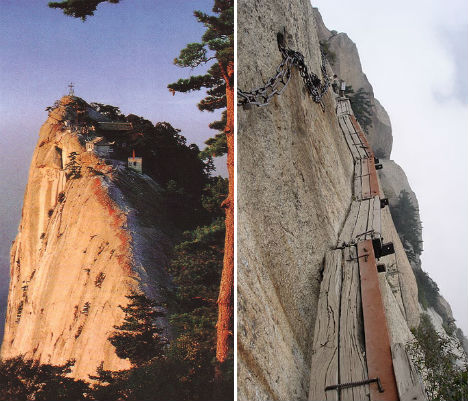
In Anhui Province, Mount Jiuhua emerges as a poignant China Buddhist site, dedicated to Ksitigarbha, the Bodhisattva of compassion for the suffering. Its pilgrimage paths, lined with over 90 temples, invite visitors to walk in the footsteps of ancient devotees. The ethereal atmosphere, enhanced by steep cliffs and frequent mists, makes it a standout among scenic China monasteries. Evening lantern ceremonies illuminate the courtyards, creating a mystical glow that’s perfect for contemplation.
Shifting to the coast in Zhejiang Province, Mount Putuo offers a unique island retreat as the sacred home of Guanyin, the Bodhisattva of Mercy. Accessible by ferry, this China mountain monastery (though more accurately a coastal peak) features sandy beaches, bamboo groves, and key temples like Puji and Fayu. It’s an ideal monastery retreat in China for those seeking seclusion, with programs focused on meditation by the sea and compassionate practices.
Both sites emphasize devotion and renewal. At Jiuhua, explore the preserved mummies of eminent monks—a testament to ascetic dedication. Putuo’s ocean vistas provide a serene backdrop for yoga or quiet walks. For souvenirs that capture this spiritual essence, don’t miss our Top 5 Souvenirs to Buy in China guide, featuring incense and prayer beads from such holy places.
Taoist Treasures: Mount Wudang and Beyond
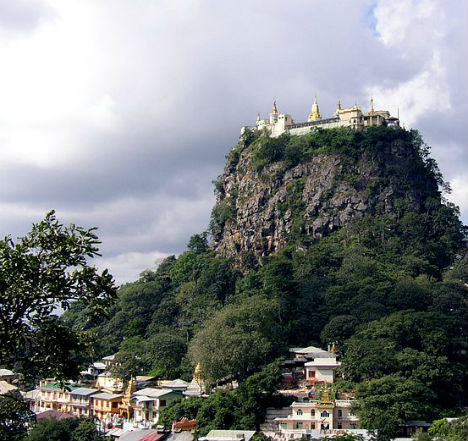
While Buddhist sites dominate, China’s Taoist mountains add a philosophical layer to spiritual China travel. Mount Wudang in Hubei Province is the crown jewel, famed as the birthplace of Tai Chi and internal martial arts. Its palaces and halls, perched on misty peaks, date back to the Ming Dynasty and serve as living museums of Taoist cultivation.
Monastery retreats in China at Wudang incorporate Qigong sessions and herbal medicine workshops, promoting harmony between body and nature. Hike the winding paths through cypress forests to the Golden Hall, where Taoism’s emphasis on balance feels palpable. Nearby, Mount Longhu in Jiangxi boasts cliffside temples and ancient caves, while Mount Qingcheng near Chengdu offers secluded woods for introspection—perfect for a Taoist escape.
These scenic China monasteries highlight China’s dual spiritual heritage. A cultural note: Taoist practices influenced traditional Chinese medicine, so consider a tea tasting with medicinal herbs. For luxury seekers blending wellness with opulence, explore our Luxury Train vs. Boutique Hotel: Best China Travel Splurge for upscale retreat options.
Planning Your Spiritual Journey: Tips for a Fulfilling Retreat
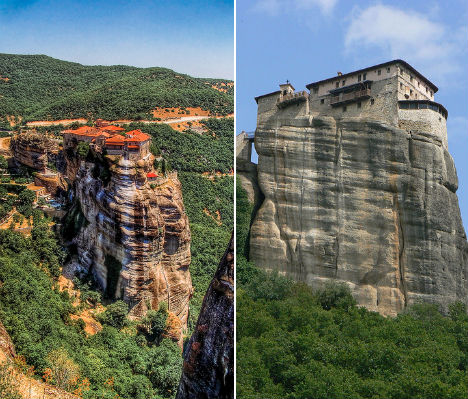
Embarking on a visit to these China mountain monasteries requires thoughtful preparation to ensure a respectful and enriching experience. Many temples offer guest stays with simple accommodations, guided meditations, and vegetarian feasts—book in advance via sites like China Explorer Tour or BookRetreats.com.
Respect is key: Dress modestly, maintain silence in sacred areas, and follow monk-led routines. Spring and autumn provide the best weather, with mild temps and vibrant foliage. For families or groups, consider costs—our Cost of Traveling to China: A Family Budget Guide breaks it down. Language barriers? Opt for English-friendly retreats or hire guides. Modern tech aids navigation; apps like WeChat help with bookings.
Food tip: Savor the monasteries’ herb-infused vegetarian dishes, a far cry from urban fare. For coastal flavors post-Putuo, see our Tasting Fujian Oyster Pancakes article. Always check visa requirements and COVID protocols via official sources like Wikipedia’s Sacred Mountains page.

China’s mountain monasteries weave a tapestry of spirituality, nature, and culture that lingers long after your visit. From the wisdom of Wutai to the compassion of Putuo and the balance of Wudang, these scenic China monasteries offer retreats that rejuvenate the soul while showcasing the country’s timeless allure. As hubs of China Buddhist sites and Taoist wisdom, they remind us of the enduring power of spiritual China travel.
Here at jusha.travel, we’re dedicated to guiding you through such transformative experiences. Ready to plan your own pilgrimage? Share your favorite monastery memories in the comments below, browse more on jusha.travel for China travel inspiration, or check out related reads like our guide to modern innovations in The Ultimate Guide to Modern China Tech Innovations. Your adventure awaits—namaste from the peaks!
(Word count: 1,128)

